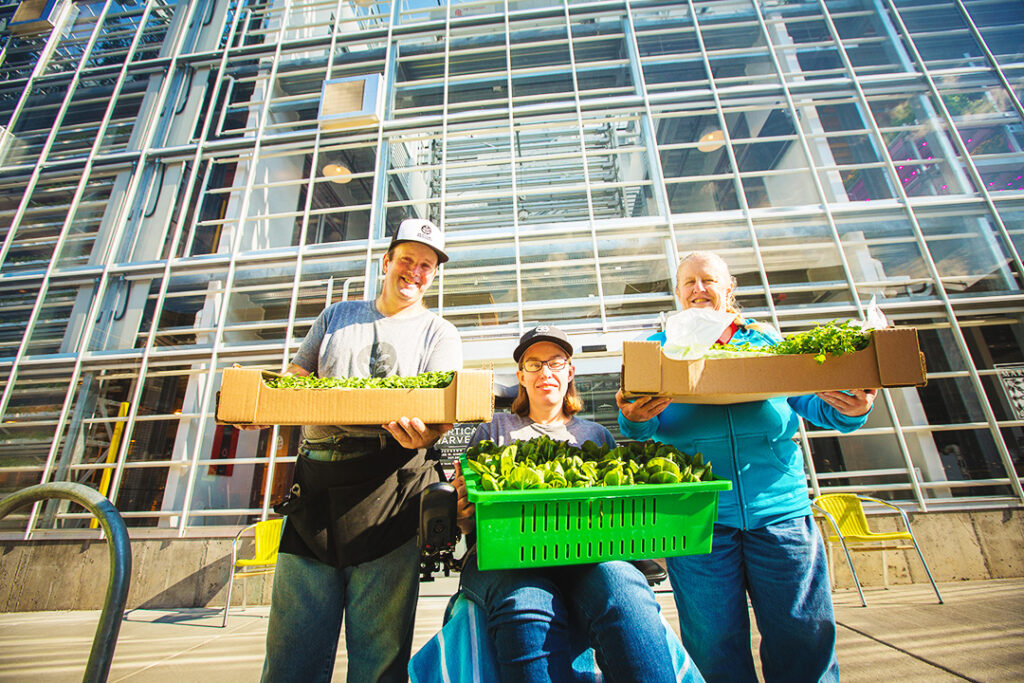Creating Real Change
Big things can happen when technology and a great mission are combined. It is here—where creative problem-solving, community-centric initiatives, and indoor vertical farming technology intersect—where positive change reshapes our world. In this blog, we’ll be taking a look at the story of a small town business with a focus on community and how they have built what is now a model for creating profound positive change.
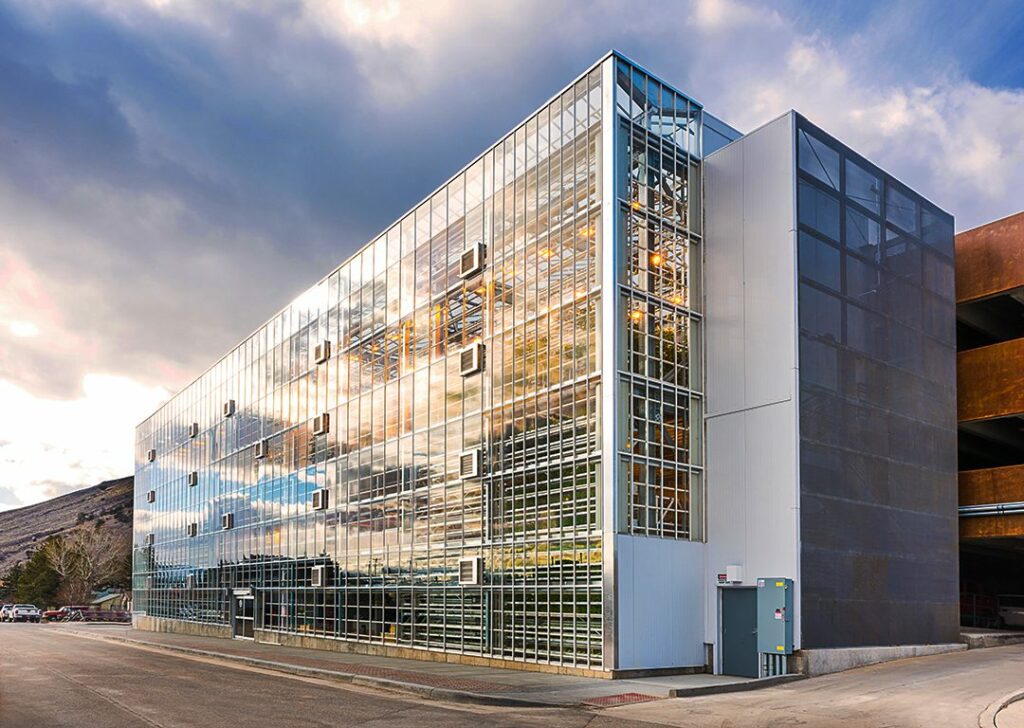
Vertical Harvest: A Case-Study
Vertical Harvest of Jackson Hole Wyoming is a locally operated for profit enterprise with a non-profit soul whose mission is to “provide consistent, meaningful employment for people with intellectual and physical disabilities by cultivating nutritious food for the community”. By using indoor vertical farming technology, Vertical Harvest’s multi-story greenhouse is able to accomplish all of these goals.
Their team totals 32 staff, 19 of which are with a different ability, they have at least 2 volunteers participate in the operation each week. Collectively, his team has the capacity to produce 100,000lbs of produce annually.
Why Vertical Harvest Really Matters
While employment numbers are somewhat representative of success, there’s much more happening than what one might see at first glance. By combining the employment of people with needs and the production of food (in a location that is non-arable for almost 75 percent of the year), they are capable of creating meaningful change that runs deep within the fabric of the populations they serve.
The benefits of the program that has been built at Vertical Harvest present themselves in a variety of ways. It’s worth discussing the model they employ to help us better understand how their model works and how and why it can be used as a framework for others to create the same positive change in their own communities. To better understand the significance, let’s take a closer look at the impact Vertical Harvest and similar organizations are having.
EMPLOYMENT
The first, and potentially most obvious achievement, is the employment of an underserved population. Unemployment rates for persons with a disability are nearly double that of those who are not disabled (8.0 percent vs. 3.7 percent, respectively). Meanwhile, Wyoming finds itself in the top-10 in the U.S. for employment rates of persons with a disability—a testament to the small, local work being done at establishments like Vertical Harvest.
Creating opportunities through employment, especially for people in underserved populations, is more than what meets the eye.
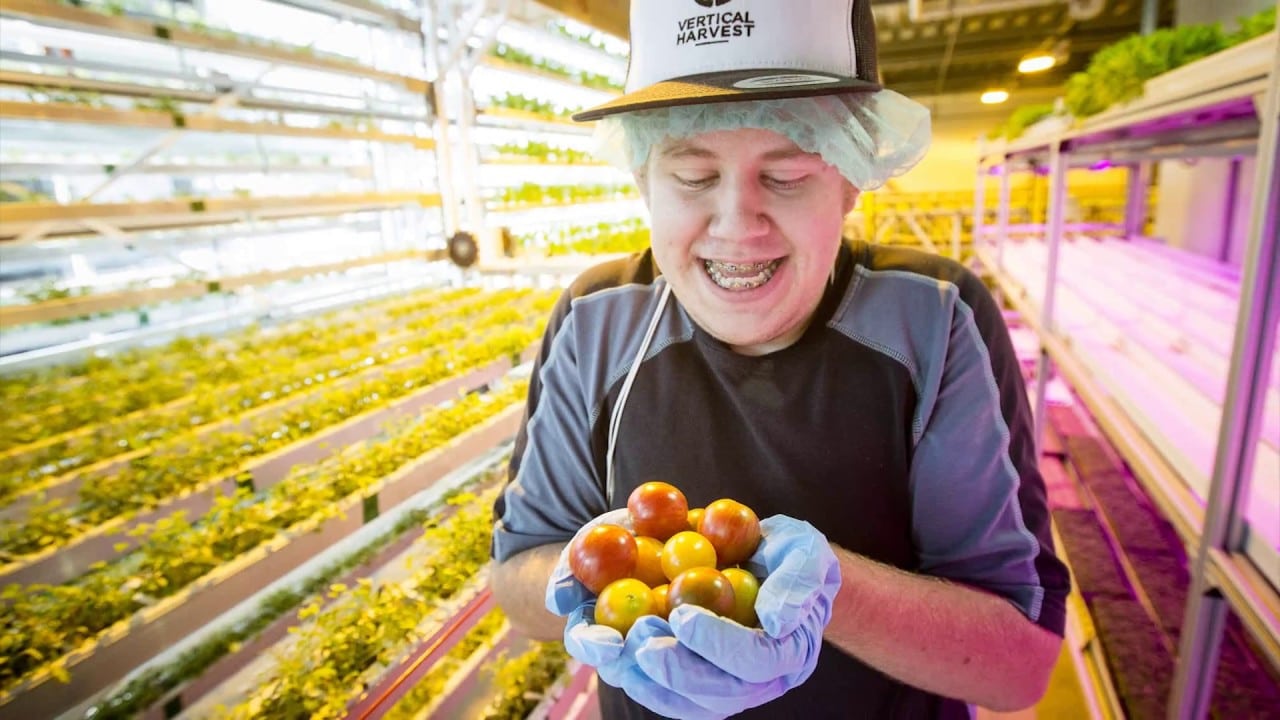
Opportunities that create jobs for marginalized communities are able to not only support the lives of those involved with the organization but also strengthen the overall fabric of the community. When working side-by-side with each other, meaningful relationships are born. Which, in turn, can then flow into the rest of the community bringing forth the same positive change. Effectively, these institutions not only change the lives of those that are directly involved in the daily operation but also impact those in the surrounding communities.
FOOD CONSISTENCY
The second impact of operations like Vertical Harvest is providing a year-round product to a community that would otherwise be in a food desert.
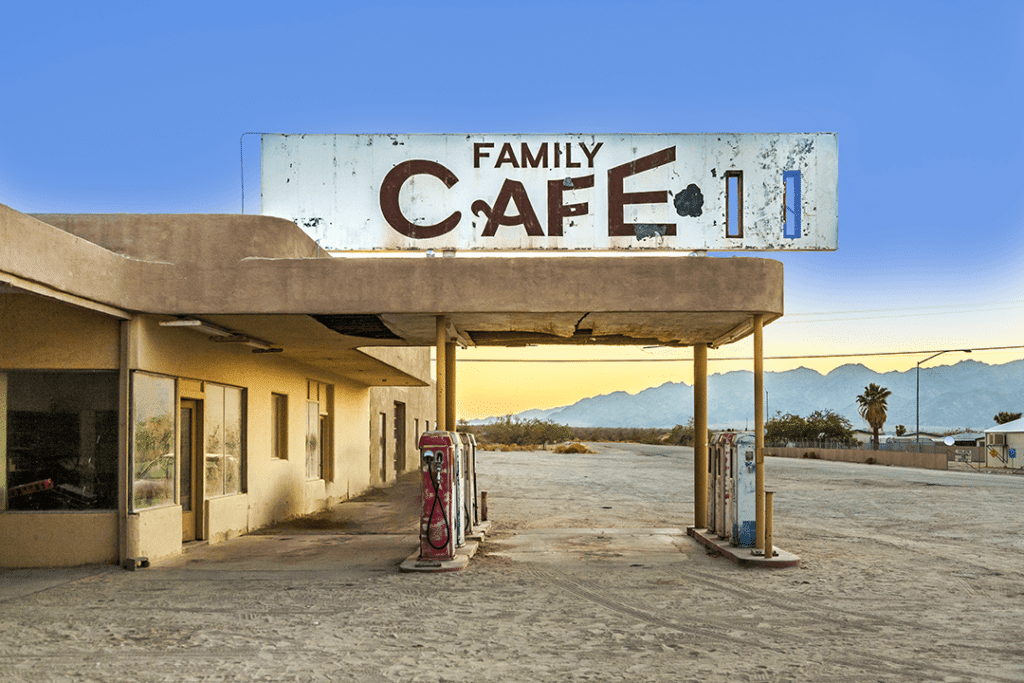
But the outset of a food desert can be caused by many—often systemic—problems. For populations far above the equator, it’s a short growing season. For people in densely populated urban areas, it’s the lack of space and commercialization/industrialization of the area that is the cause. It’s important to note too that it’s not just the lack of food that can be the issue, it’s the lack of nutritious food that is also a key component of what a food desert is.
Fast-food chains and gas stations abound but grocery stores and food markets are nowhere to be seen. This too can be a form of a food desert. The setting in Jackson Hole could easily be considered a food desert. Though there is a lot of open arable land, the growing season is less than four months of the year. Not only that but several months out of the year, access in and out of the valley can be nearly impossible with the piles of snow that accumulate during the winter months, making food deliveries to the area nothing short of erratic and unpredictable. By growing directly in the center of the town, Vertical Harvest is able to circumnavigate these challenges, serving as a source of fresh leafy greens, herbs, and vegetables in the heart of the community.
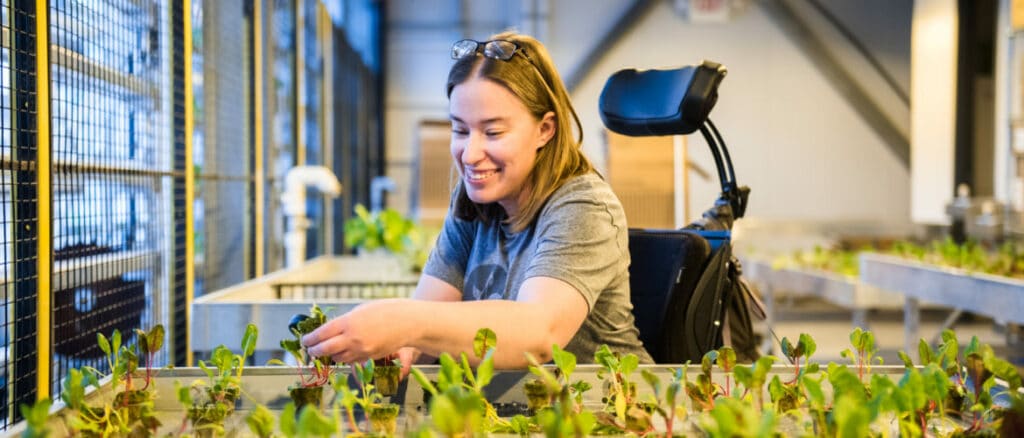
FOOD QUALITY
Growing season aside, the average in North America involves a journey of around 2,000 miles. Fruits and vegetables grown in North America may spend up to 5 days in transit before arriving at a distribution center, and another 3 days on a grocery store shelf before they are purchased by the consumer. And consumers may store fruits and vegetables for up to 7 days prior to consumption. In total fruits and vegetables are likely to take two full weeks to be consumed from the time they are harvested.
In this time, produce will have lost the vast majority of its nutrition. For example, studies show that spinach kept at the best possible temperature post-harvest retains only 53 percent of its folate eight days after harvest. While we can’t control the fact that nutrition decreases over time post-harvest, we can control how long it takes for produce to get to the consumer. Vertical Harvest is a great example of this in the real world. They are able to mitigate the problem of time-to-consumption by removing the long and overly complex supply chain resulting in the highest quality produce possible.
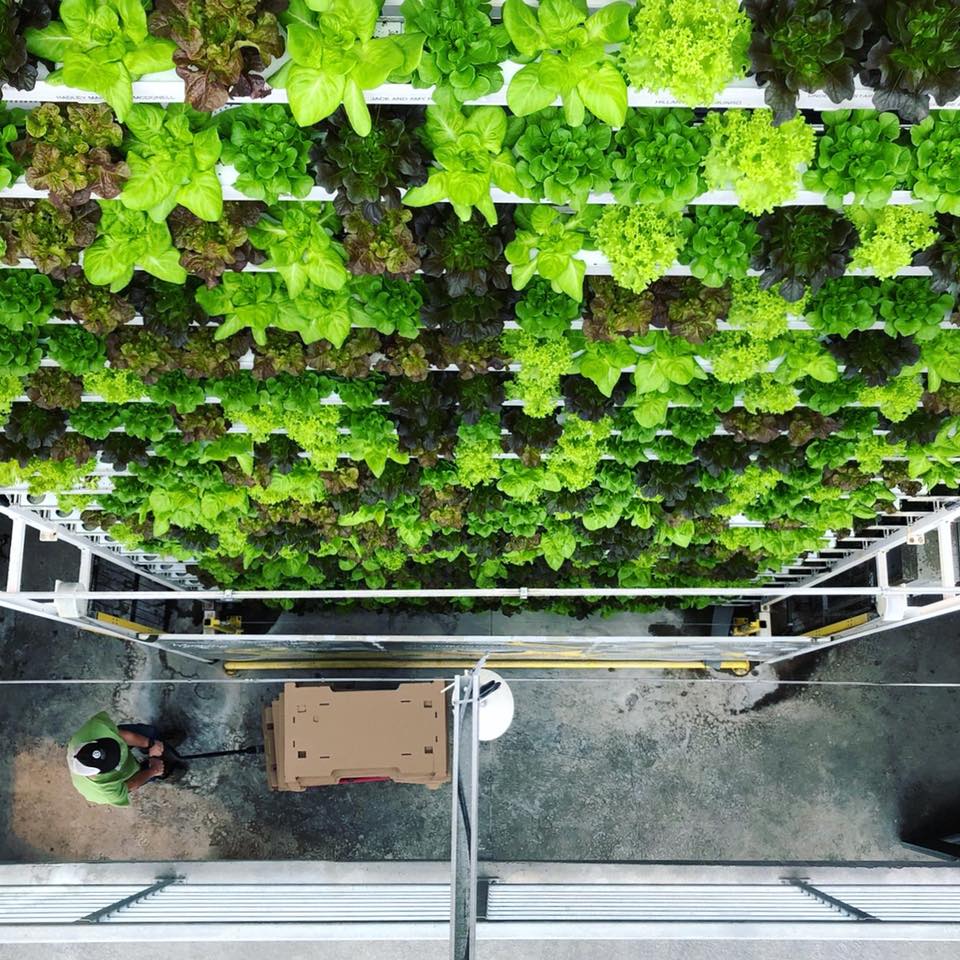
SUSTAINABILITY
Not only is a year-round product provided, but through the use of modern technology and keeping food local, Vertical Harvest is able to provide a sustainable and environmentally conscious product. Vertical Harvest is able to cut out roughly 16.18 metric tons of carbon emissions from the supply chain alone. Not only this but their indoor farming systems use less than half the water traditionally grown produce requires to be grown. Additionally, Vertical Harvest is also mitigating most—if not eliminating—all pesticide and herbicide use that would otherwise be purged into our ecological systems, waterways, and natural areas.
Small operations like Vertical Harvest are the source of meaningful progress in a world where problems and challenges of all types are faced on a daily basis. By using indoor farming technology they are able to decrease the resources that are required to produce food, while also supplying a local product that can be grown year-round to their community. Less water is used, little to no chemicals are needed, and there’s no need for a costly and emission-ridden supply chain.

The Hearts of Glass Film
This growth journey for both people and the plants has been recently portrayed in the film “Hearts of Glass”, currently on a film tour across Wyoming.
This film showcases the inspirational story of Vertical Harvest, following the tumultuous first 15 months of operation of their greenhouse. The film intertwines the story of Vertical Harvest’s launch with the personal journeys of several employees with intellectual and developmental disabilities. Innovation and inclusion create a fertile environment for people and plants to grow which can be seen in the film which is currently in the middle of its tour across Wyoming. The film tour will be visiting seven host cities where a free screening of the film can be enjoyed. The next stop will be in Casper, Wyoming on September 30th where we will be present as a sponsor and in support of the film.
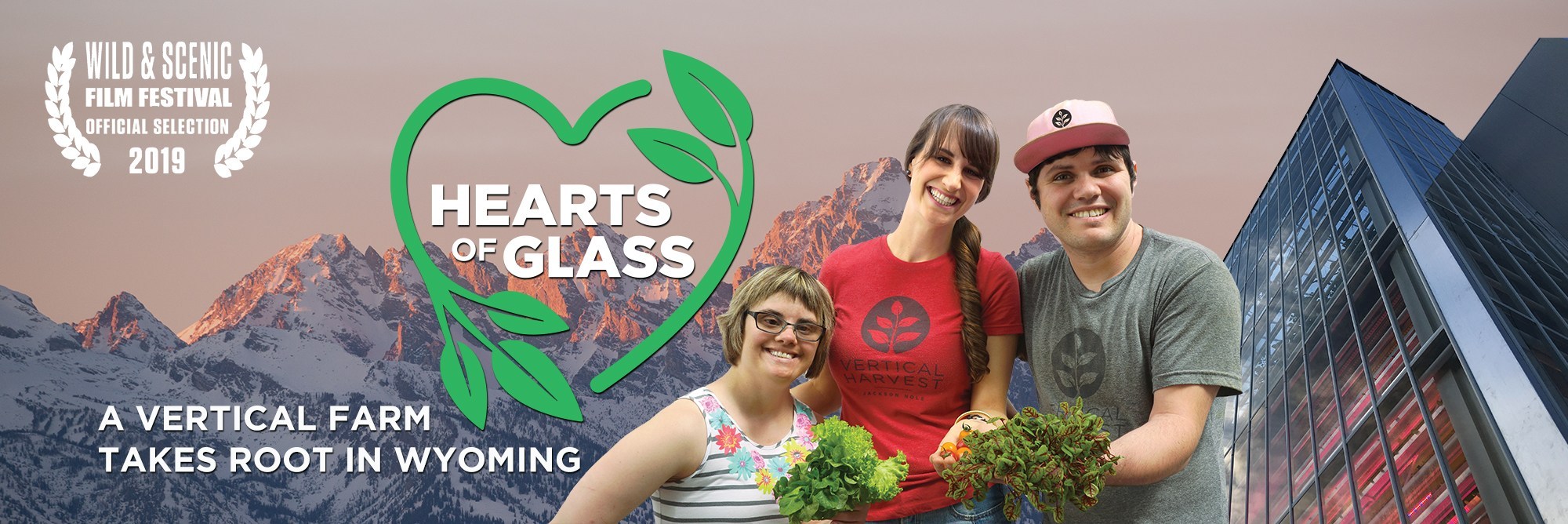
Our Involvement
ZipGrow believes that what Vertical Harvest is doing is truly transformative in their community and, if done everywhere, has the potential to be the source of large-scale change that is needed in our world.
Vertical Harvest is creating systemic positive change that can serve as a model for how other communities operate. Ultimately, indoor farming technology is the platform that allows them to take their ideas and mission and bring it to life in the most meaningful way.
This is the model we wish to see everywhere. This is the type of change we want to see being created in local communities. We want to empower people around the world to do exactly what Vertical Harvest does every day. We understand that not every mission will be the exact same as Vertical Harvest’s but ultimately change is the most important aspect of what indoor farming technology is capable of.
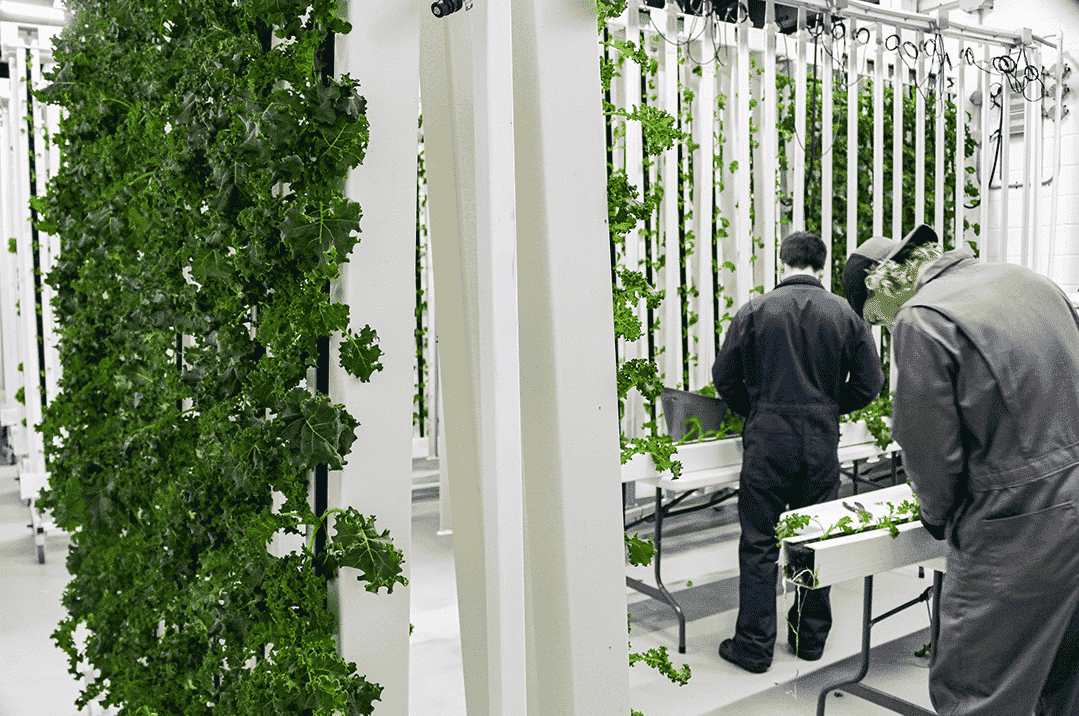
Deep, meaningful, positive change where the environment, the workforce, the quality of product are the catalysts to making this change. And that’s what we want to help make possible everywhere. Regardless of where you are or who you are, there’s an opportunity for you to create meaningful change in your own community.
If you want to learn more about our ZipGrow systems, or if you have a specific question, feel free to reach out by sending us an email to [email protected].
Sources:
Unemployment rates for persons with a disability — U.S.
Unemployment rates for persons with a disability — Wyoming
Fruits and vegetable nutrient depletion data — 1
Fruits and vegetable nutrient depletion data — 2
Carbon emissions calculations (Estimate based on a 100,000 lb. payload with 2,000 mile journey assuming the average freight truck in the U.S. emits 161.8 grams of CO2 per ton-mile)

